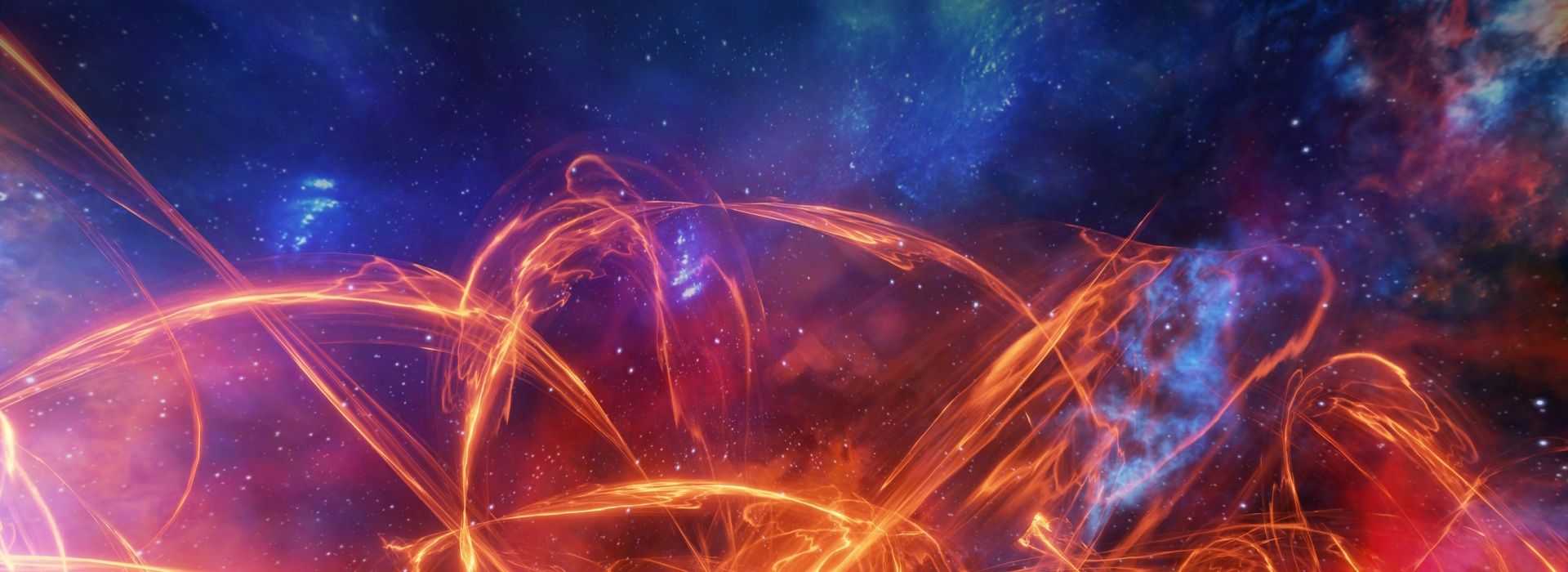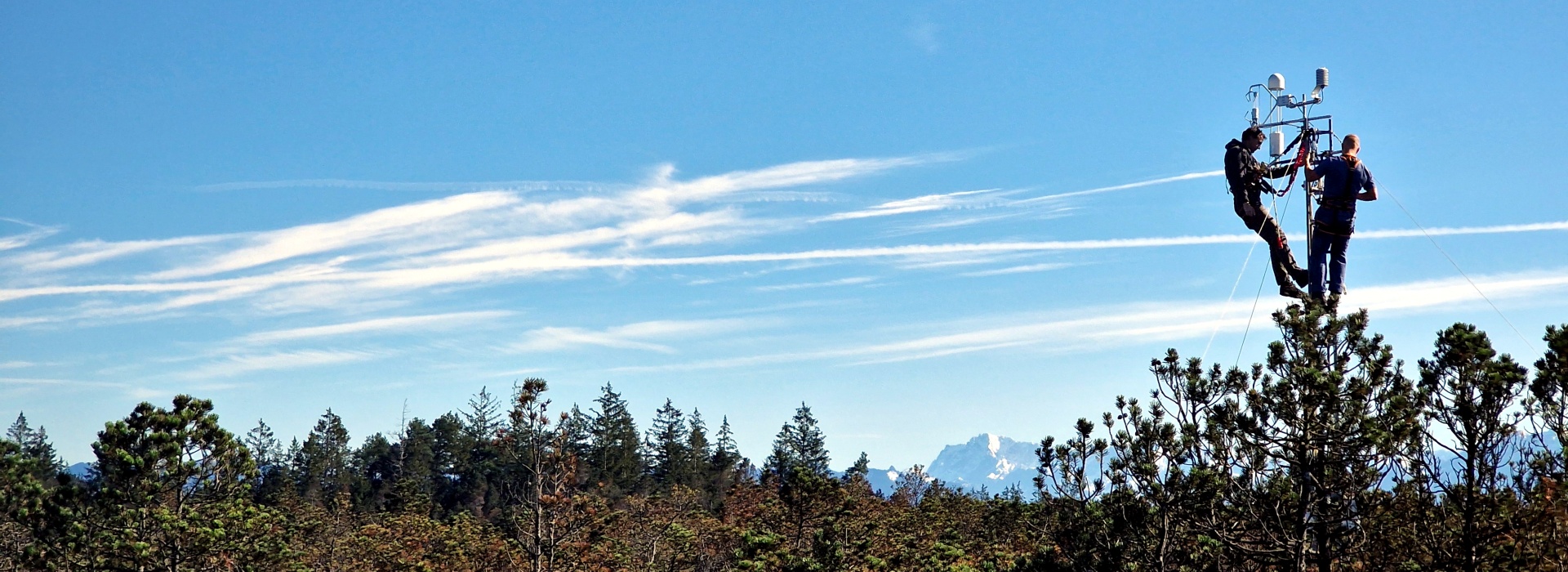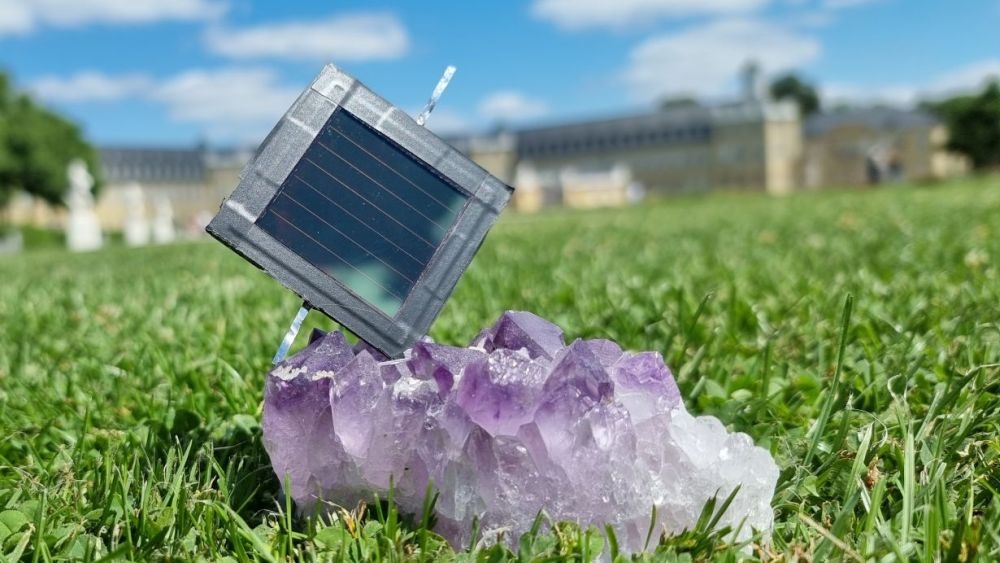
Forschende mit Beteiligung des KIT zeigen in „Nature Energy“ den Stand und die Potenziale der hocheffizienten Perowskit-Dünnschicht-Tandemsolarzellen
Mehr erfahren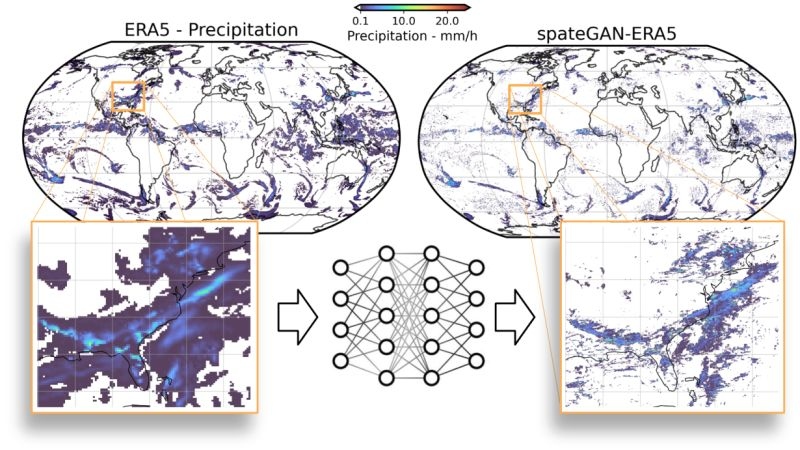
Forschende des KIT entwickeln KI-Modell zur Erzeugung realistischer Regenkarten aus globalen Wetterdaten
Mehr erfahren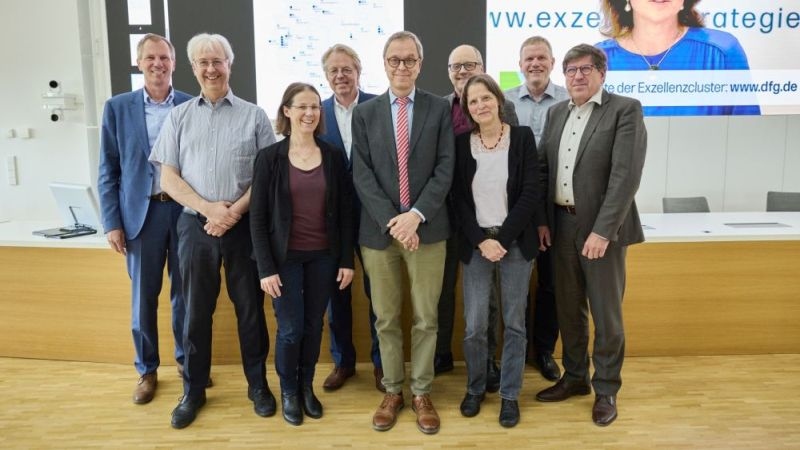
Der Erfolg in der Exzellenzstrategie des Bundes und der Länder sichert die Förderung für weitere wegweisende Energie- und Materialforschung am KIT
Mehr erfahren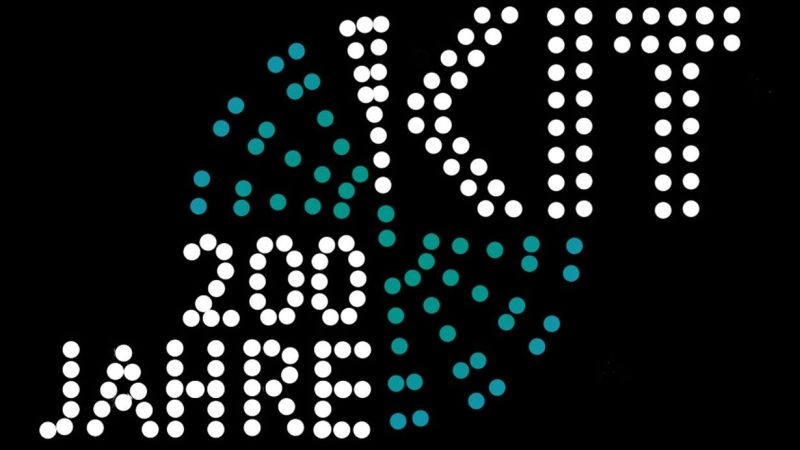
Feierlichkeiten zum 200-jährigen Bestehen gehen weiter – „KIT Skylights“ zelebriert die Innovationskraft des KIT – Erstmals Show mit Lichtdrohnen in Karlsruhe zu sehen
Mehr erfahren
KIT setzt sich für Vielfalt ein – Wissenschaft lebt von Austausch und Toleranz.
Mehr erfahren
Die aktuelle Ausgabe von lookKIT über unzählige große und kleine Chancen.
Mehr erfahren
Wir bewerben uns beim Leuchtturmwettbewerb.
Mehr erfahren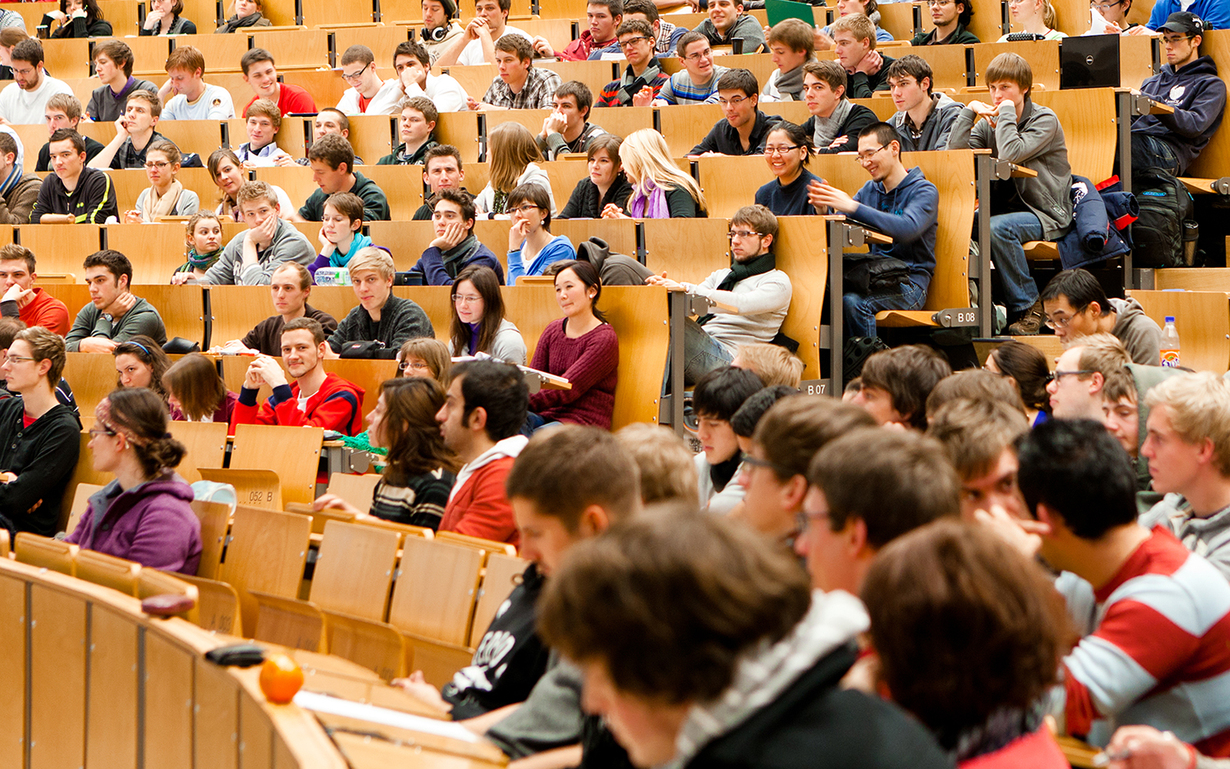
Über 100 Studiengänge in Natur- und Ingenieurwissenschaften, Wirtschaftswissenschaften, Geistes- und Sozialwissenschaften sowie im Lehramt.
Mehr erfahrenAls Exzellenzuniversität stärkt das KIT seine Spitzenforschung, pflegt den intensiven Dialog mit der Gesellschaft und bietet verlässliche Karrierewege.
Forschungsuniversität in der Helmholtz-Gemeinschaft
Das KIT verbindet als einzige deutsche Exzellenzuniversität lange universitäre Tradition mit nationaler Großforschung.
